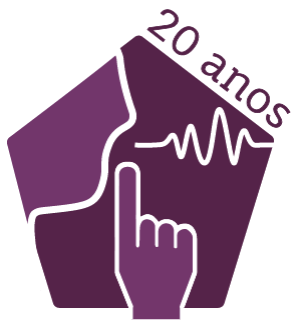Descrição
This paper presents the simple theoretical relations between LAFmax and LAeq, for
roads (simulation each vehicle as a moving point source) and railways (simulation
of each vehicle/train as a moving line source with length l). From these relations –
more valid for close proximity to the source – and knowing the typical values of LAeq
for roads and railways, according with the standard methods available, the
associated calculation of typical values of LAFmax was performed. Knowing – by this
way or another – the LAFmAx close to the roads or railways, the typical noise source,
on typical software, must be divided into small parts, with 1 m length each. After
that, one of these small parts must be converted on a line source with a sound power
that give, 1 m distance, an LAeq equal to the LAFMax we want (the spectrum must be
adjusted accordingly). All the other small parts, related, must be converted on a line
source with the same sound power level. An independent noise map must be
calculated for each small line source. For each noise receiver the LAFmax, from a passby, is the greater value of all line source independent noise maps. This procedure
can consume too much time, depending on the number of small line sources we have.
Fortunately, some available software – for example the Cadna A – permits the
calculation of LAFmax noise maps from different line sources. To do that, Cadna A
needs the introduction of the difference value between LAFMax and LAeq for each small
line source, so that must be calculated. At major distances to the road or railway,
this LAFMax noise map gives smaller values than the regular LAeq noise map, so, by
definition, the global LAFMax noise map must have the greater value, in each receiver
point, from these two noise maps.


